March 28, 2018
The house of T.E. Lawrence in the desert of Wadi Rum, Jordan. In this thread, follow me in the footsteps of “Lawrence of Arabia”.
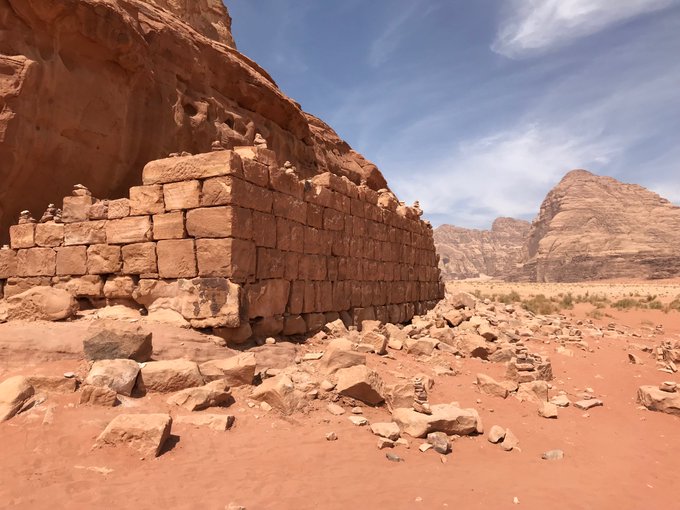
T.E. Lawrence was a young English archaeologist and linguist, already experienced in the Middle East, who during World War I joined up as a British Army intelligence officer, based in Cairo.
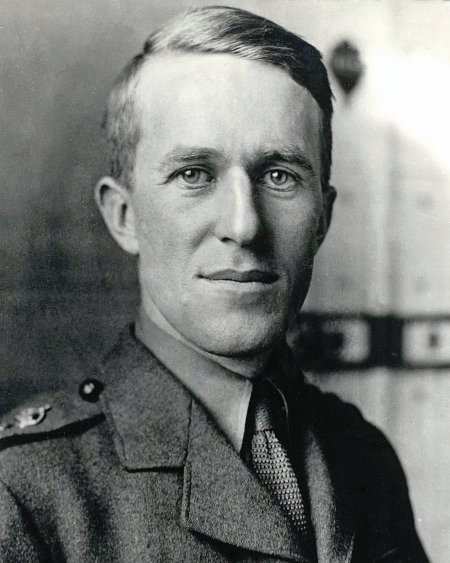
In June 1916, the Sherif of Mecca, Hussein bin Ali, revolted against Ottoman Turkish rule with the promise of help from the British. Here is Emir Hussein’s car from that time, in the Royal Automobile Museum, in Amman, Jordan.
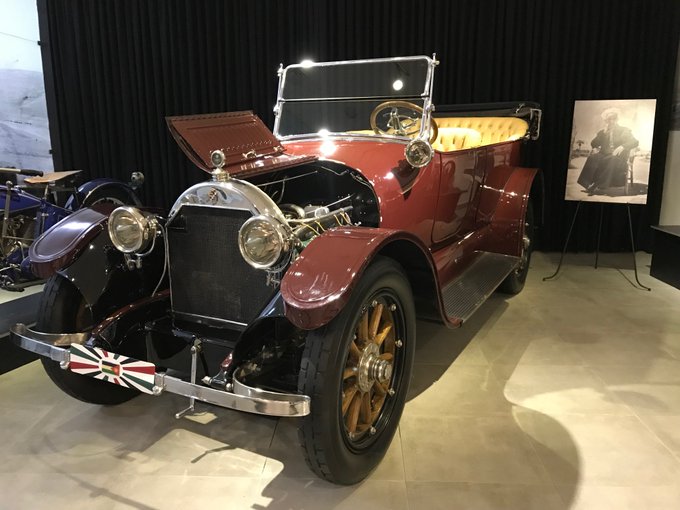
Lawrence was sent to join the Arab rebels as one of many advisors, but distinguished himself by spending a great deal of time with them in their desert encampments, soon adopting local dress
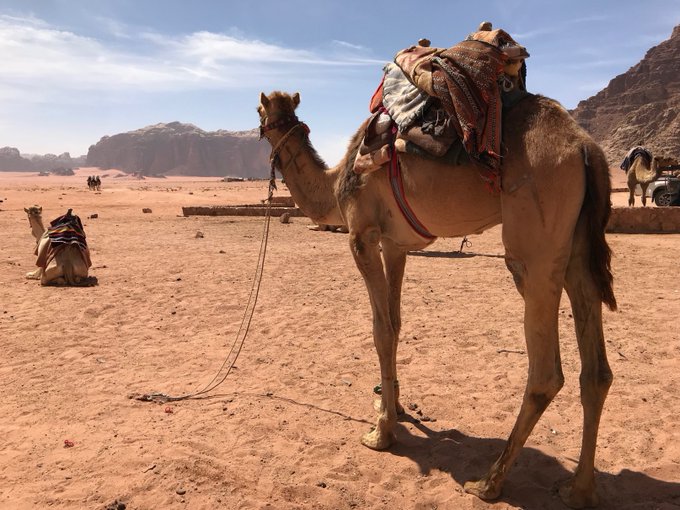
This cliff face in Wadi Rum hides a small water source today called Lawrence’s Spring, because he mentioned in his later book. “In front of us a path, pale with use, zigzagged up the cliff plinth …”
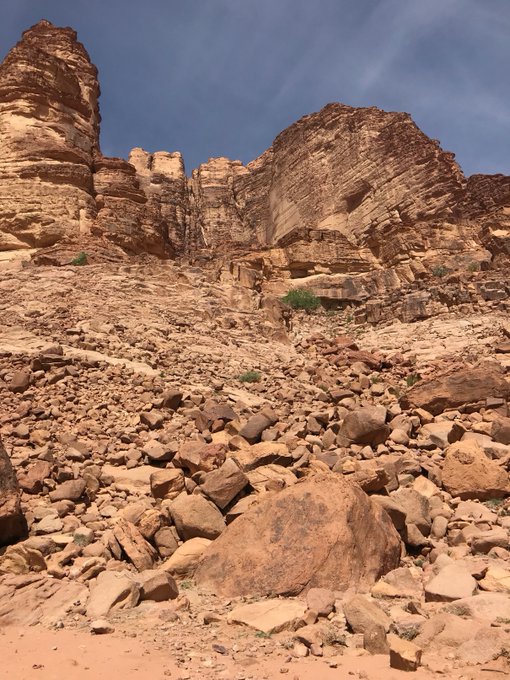
“From between trees, in hidden crannies of the rock, issued strange cries; the echoes, turned into music, of the voices of the Arabs watering camels at the springs which there flowed out 300 feet above the ground.”
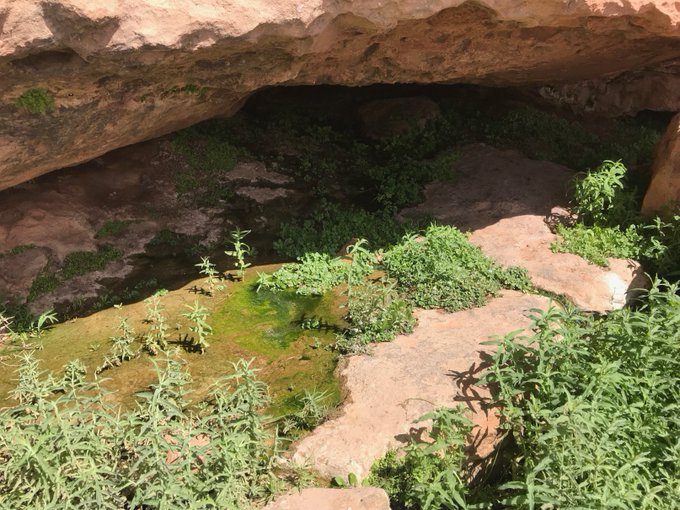
Wadi Rum, seen from Lawrence’s Spring. This is where Lawrence and the Arab rebels initially made their base, in the remote deserts of southern Jordan.
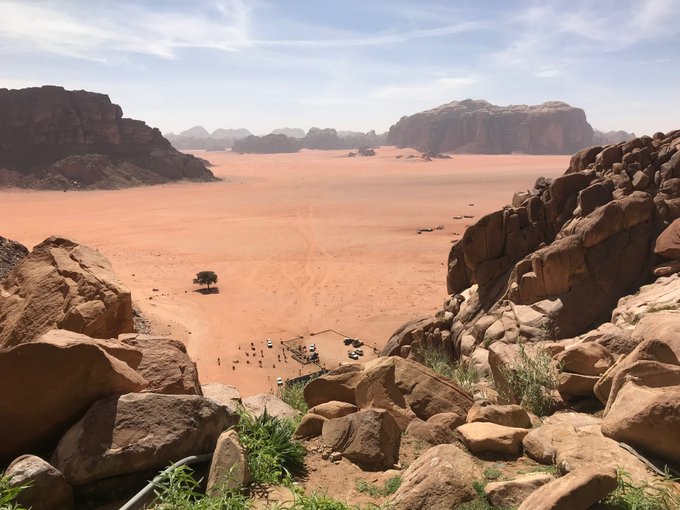
The rebels’ first major objective, just south of Wadi Rum, was the Turkish-held port of Aqaba, on the Red Sea, whose possession would allow them to receive supplies by sea from the British in Egypt.
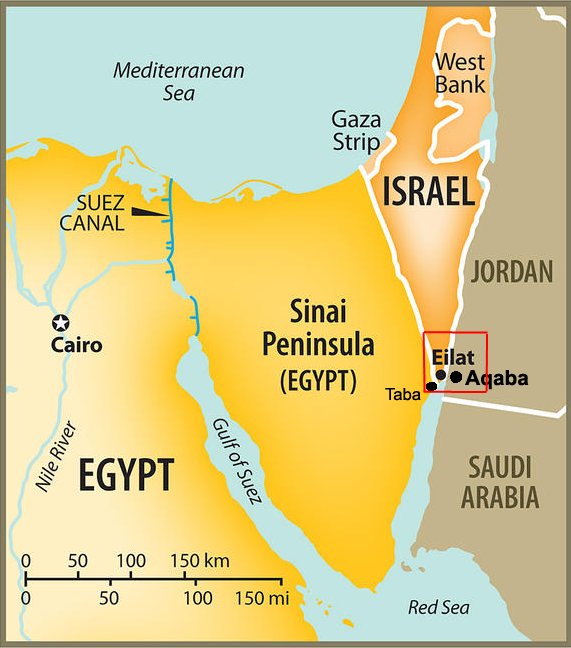
In July 1917, Arab forces, accompanied by Lawrence, came down from the desert to capture Aqaba from the Turkish garrison
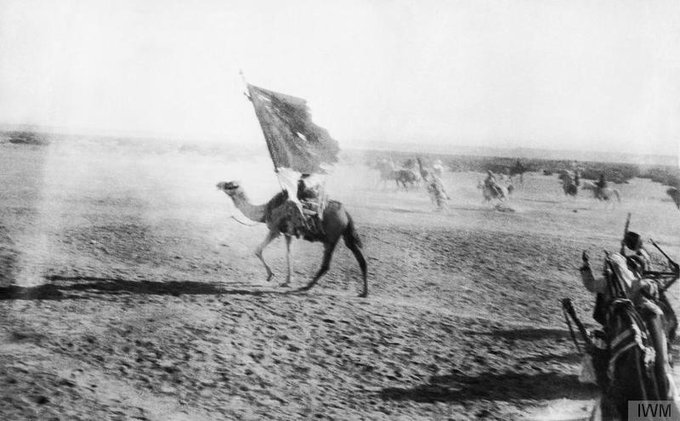
The gate to the Turkish fort at Aqaba, Jordan, captured by Lawrence and the Arab rebels in July 1917.
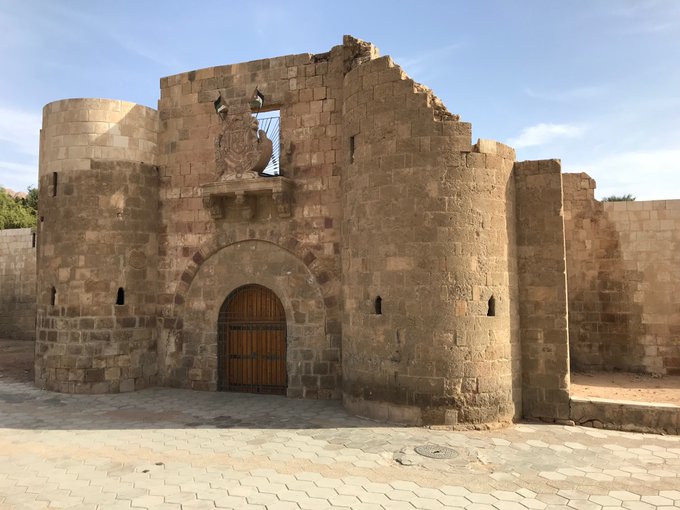
Mamuluk and Turkish inscriptions in the gateway of the fort at Aqaba, Jordan
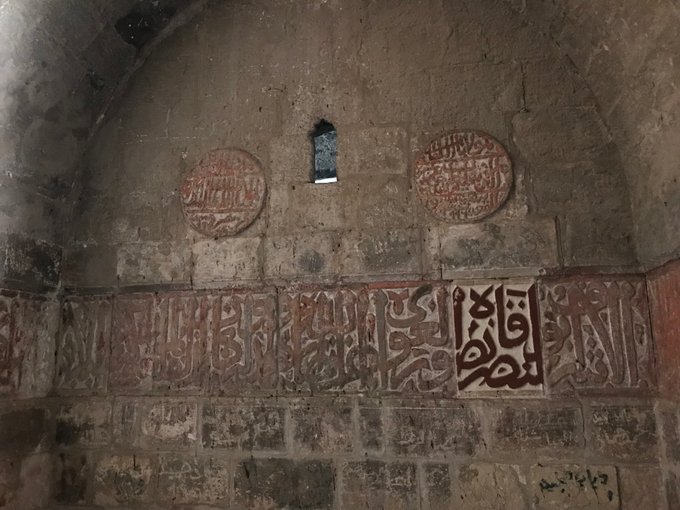
The southern face of Aqaba fort still shows the heavy damage it sustained from being shelled by British warships earlier in 1917, when it was still in Turkish hands.
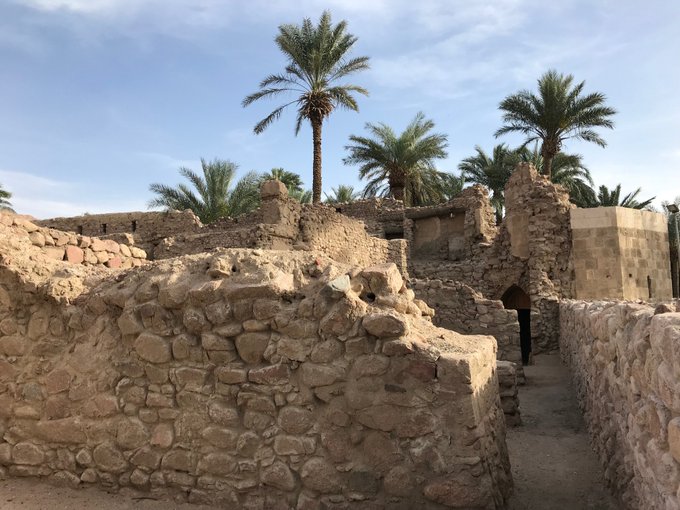
The interior of the fort at Aqaba, Jordan, captured by the Arab rebels and T.E. Lawrence in July 1917.
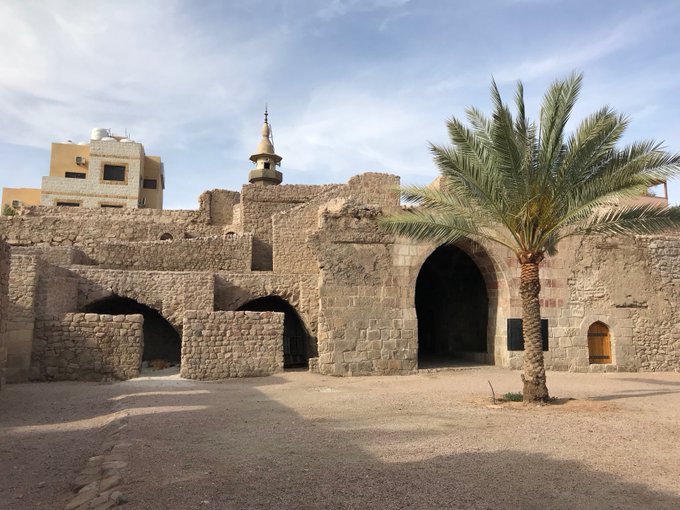
The house, right next to the fort at Aqaba, where Emir Hussein bin Ali (the leader of the Arab Revolt) resided after the town’s capture in July 1917.
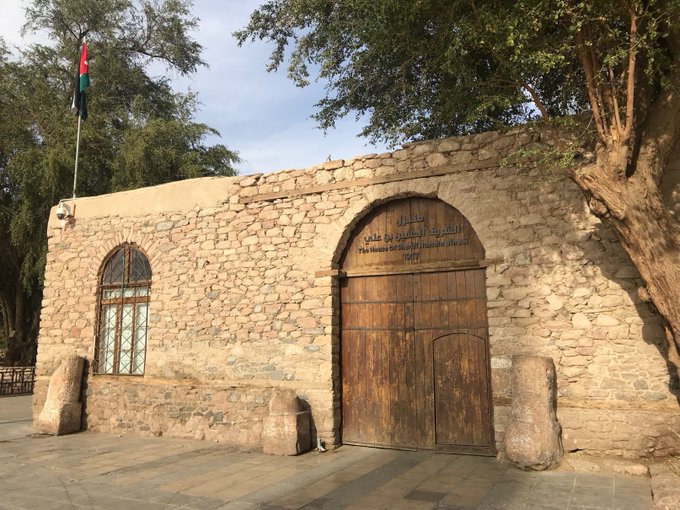
The real target of the Arab rebel forces, however, was the Hejaz Railway, which ran from Damascus to Medina and served as the logistical lifeline for Turkish forces in the region.
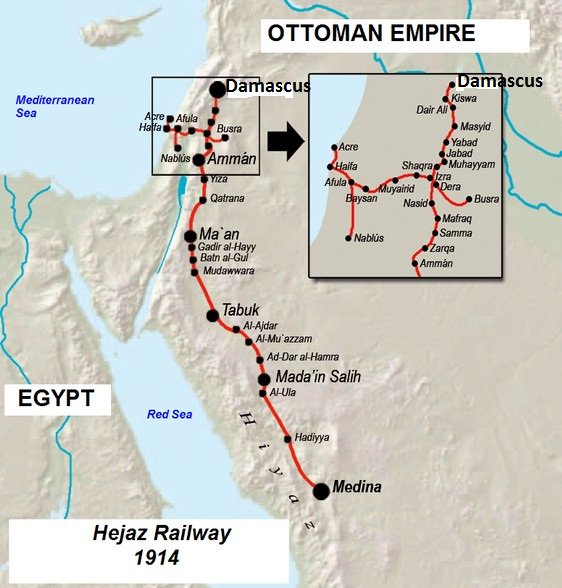
This restored Turkish military train near Wadi Rum is typical of the kind Lawrence and his Bedouin guerrillas would have targeted on the Hejaz Railway during World War I.
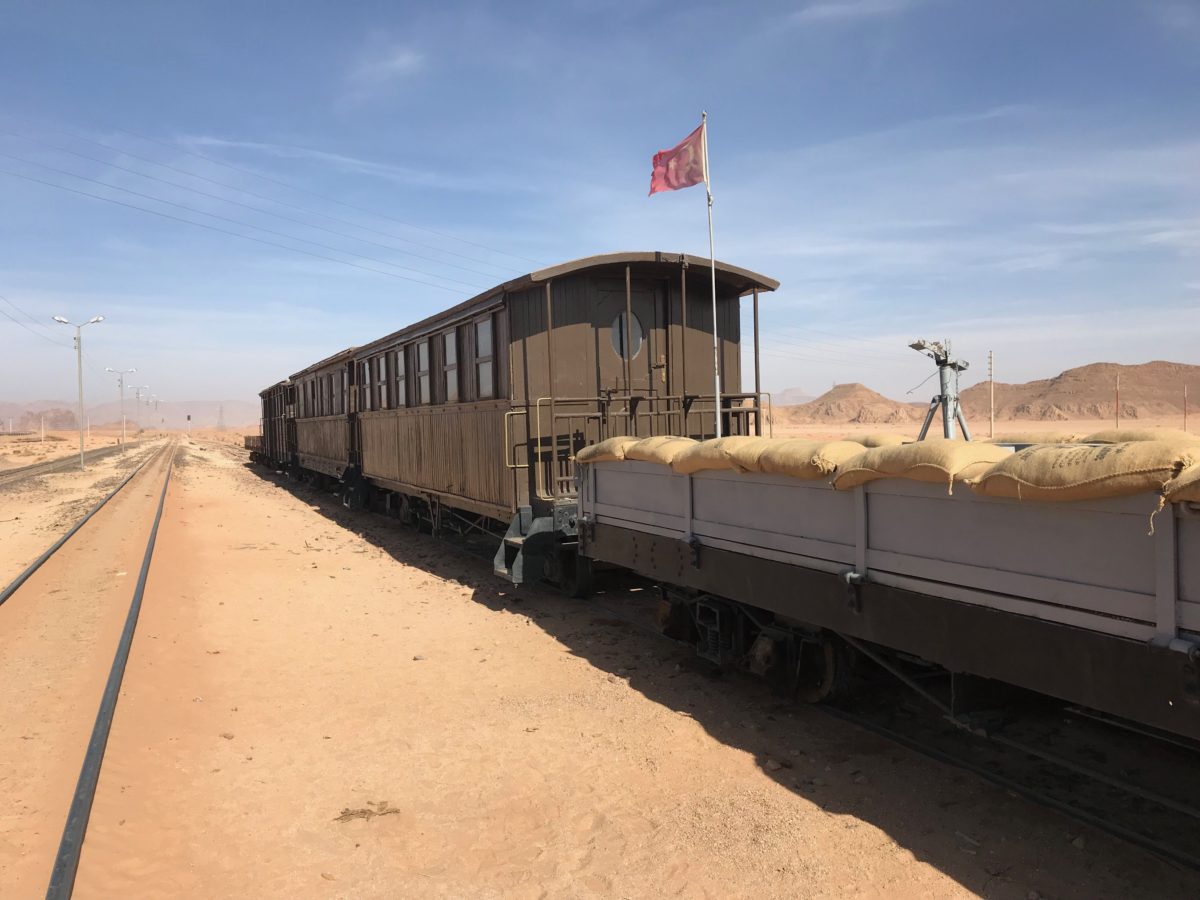
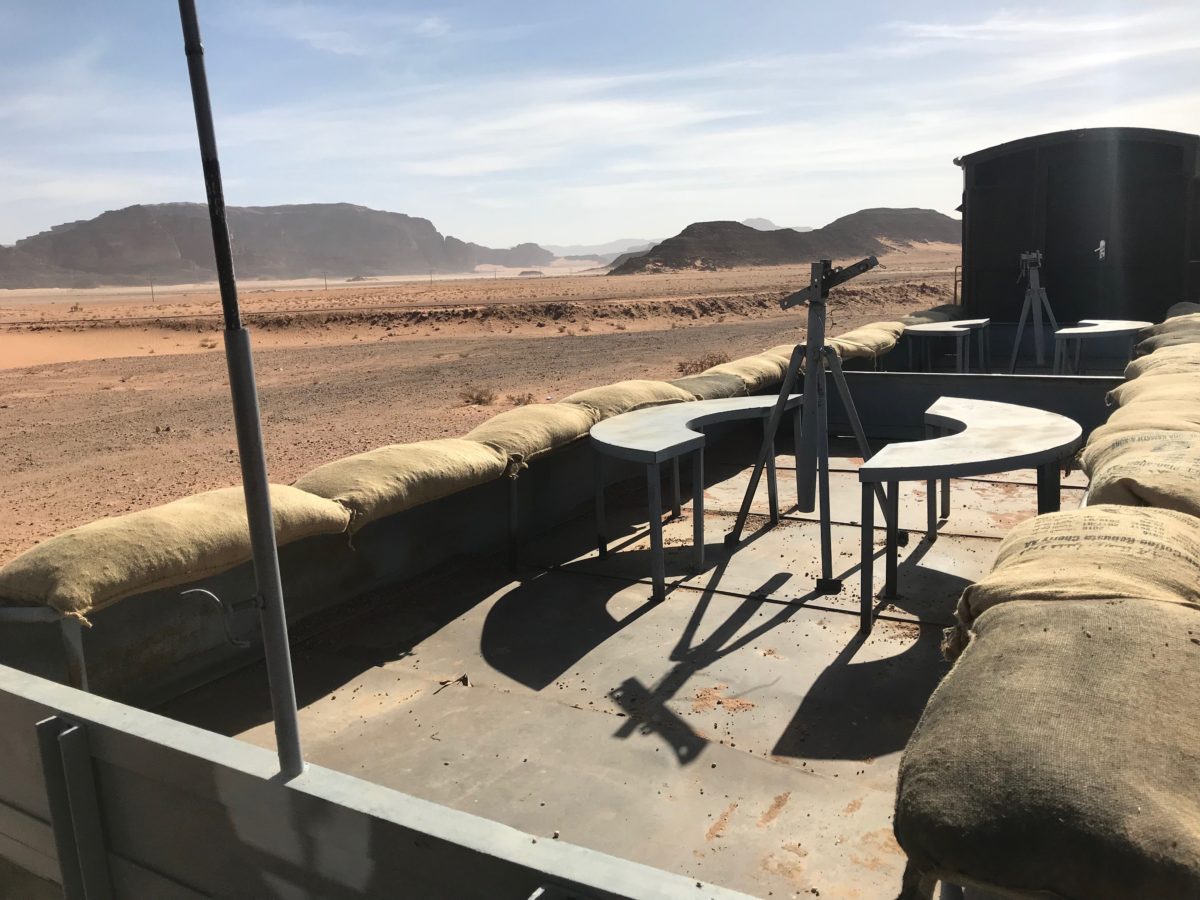
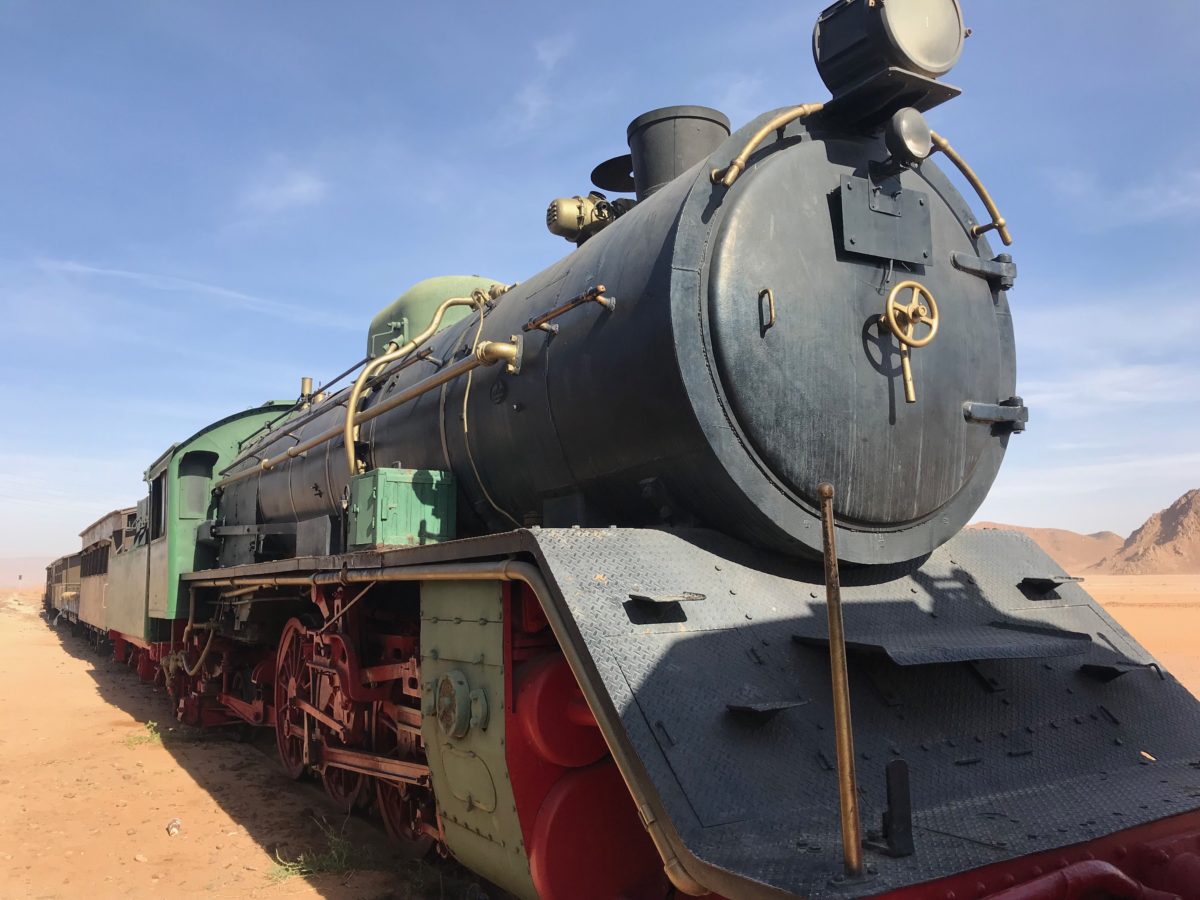
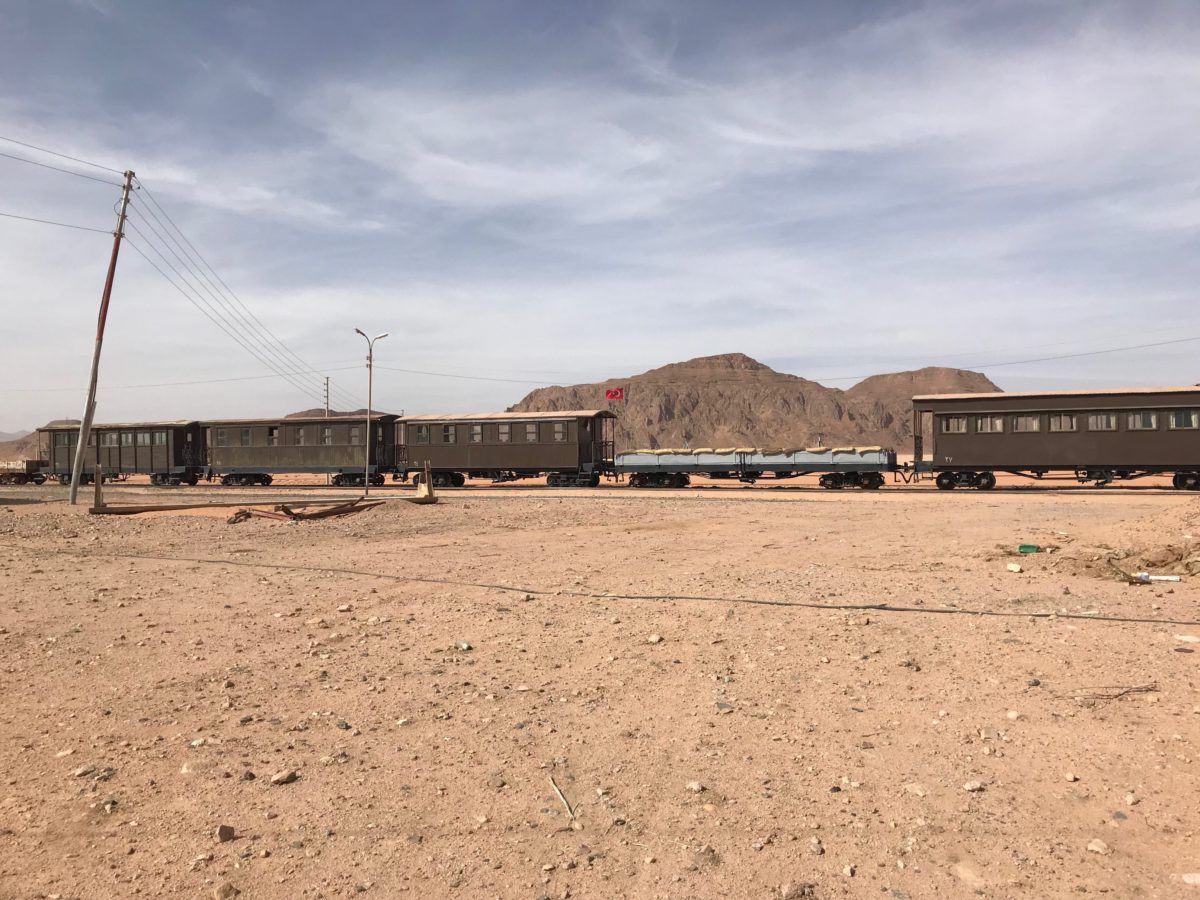
But there are also plenty of original remains from the Hejaz Railway in the Jordanian desert, if you know where to look (and it does take some looking).
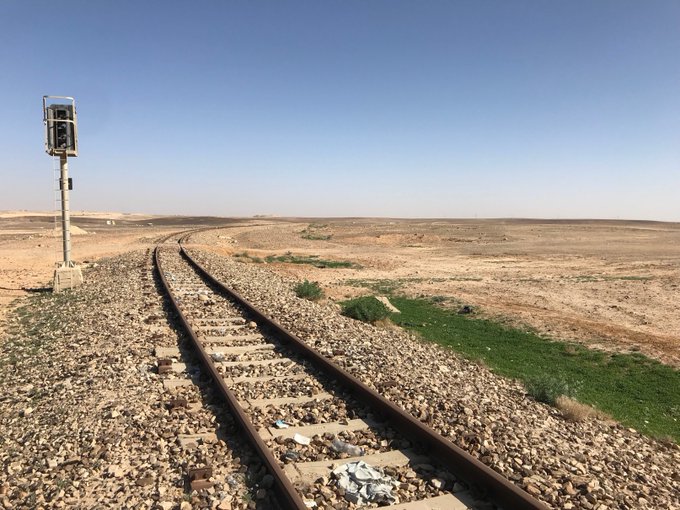
The stone station at Jerouf Ad Darawish is typical of the Turkish outposts placed at regular intervals along the Hejaz Railway in Jordan
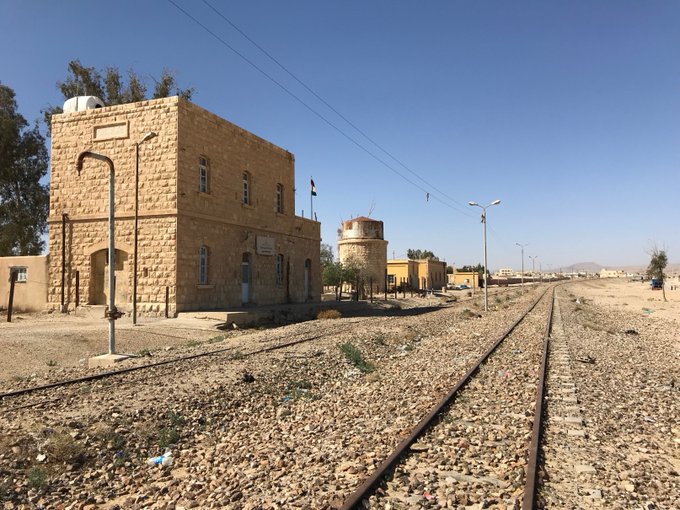
Stations needed to be placed at regular intervals so that the railway’s steam locomotives could refill their water tanks in the remote desert.
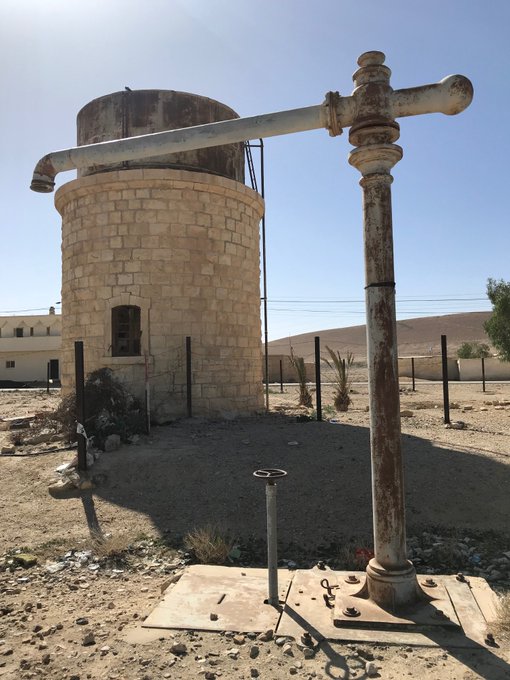
The local caretakers, like this man at Al Hasa station, were curious why I was stopping to take photos, but friendly.
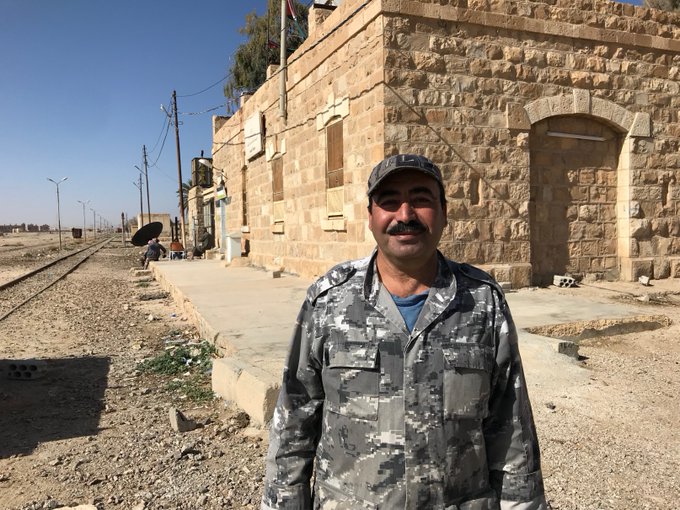
Some old rolling stock on the Hejaz Railway at Al Katrana station, in the Jordanian desert well south of Amman.
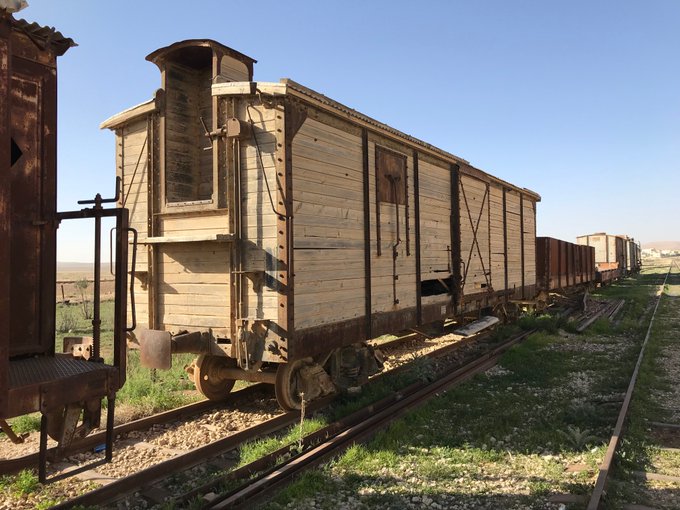
Al Katrana station, along the Hejaz Railway. By attacking outposts like this along the line, T.E. Lawrence and his Bedouin guerrillas kept Turkish troops in Medina and elsewhere from redeploying to meet British advances in Sinai and Palestine.
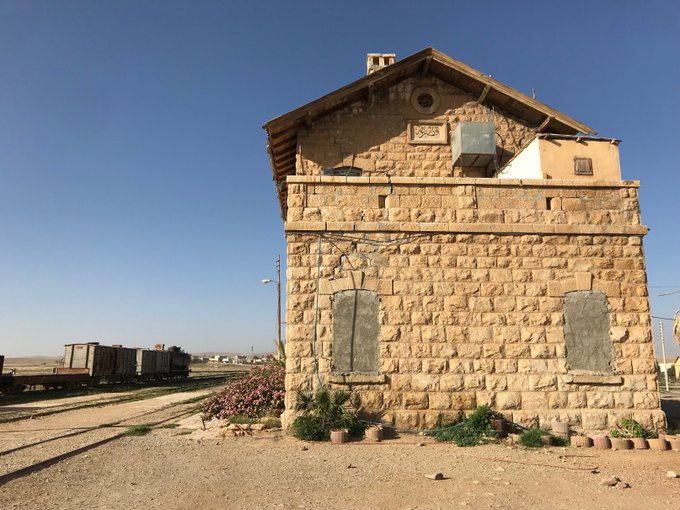
The old Turkish station at Jiza is probably the easiest to visit – it’s located just outside Amman’s main airport. Though hardly anyone does, because they don’t realize it’s there.
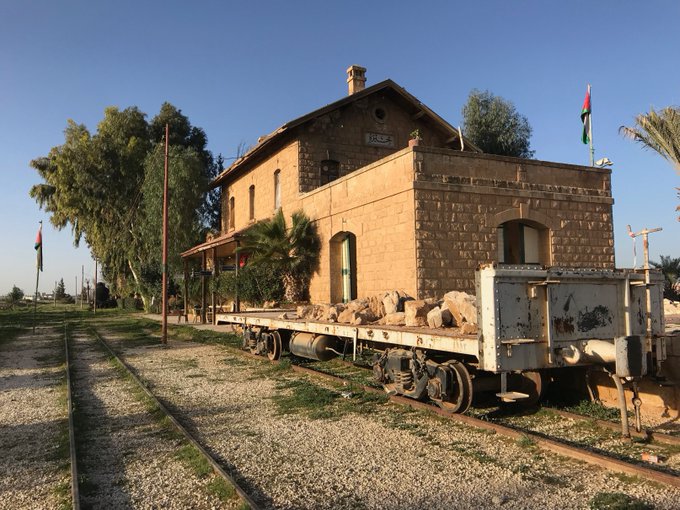
Amman later became Jordan’s capital because it was a main stop on the Hejaz Railway. The station there is a real gem, but usually overlooked by visitors.
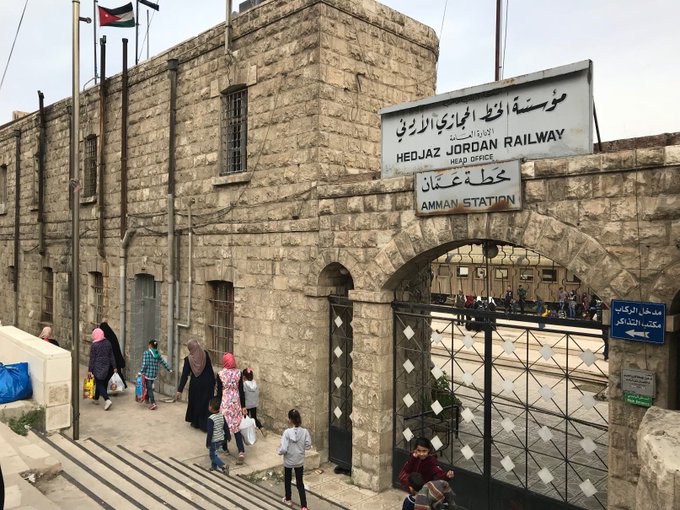
Families boarding some rather antique-looking railway cars at the train station in Amman, Jordan.
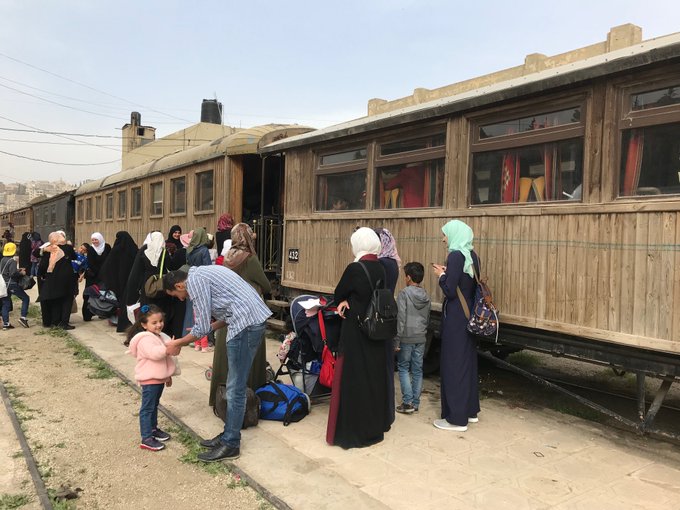
I counted at least three steam engines in the railway yards at Amman Station, Jordan. They appear to have been built in the 1950s.
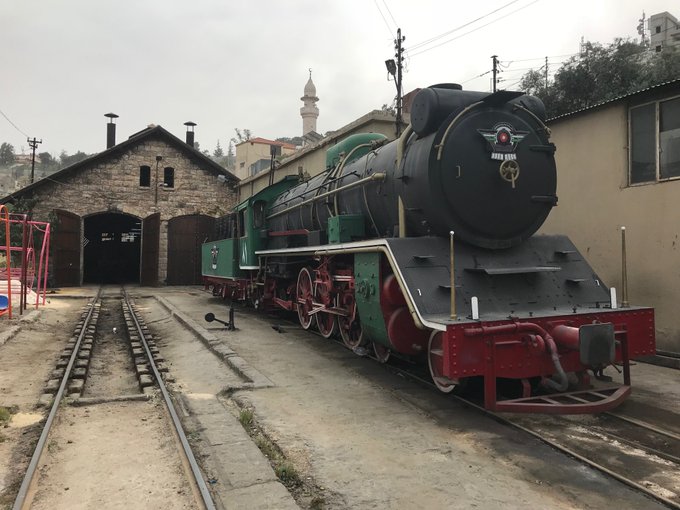
During his raids on the Hejaz Railway, Lawrence at one point used the desert castle at Al Azraq, to the east of Amman, as his base.
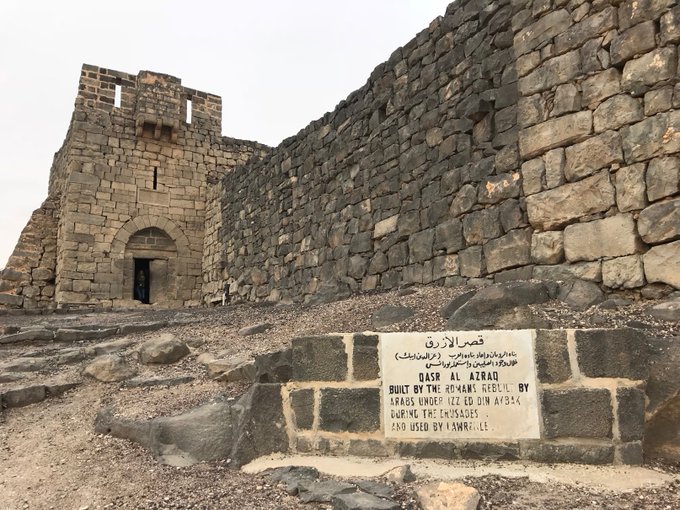
This was the room Lawrence lived in, above the main gate of the castle at Al Azraq.
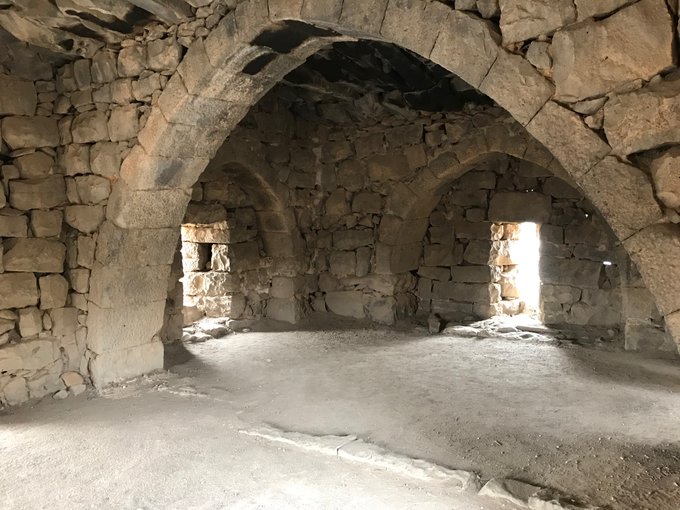
Looking out T.E. Lawrence’s window at the interior courtyard of Al Azraq Castle, which he and his Bedouin guerrilla band used as their base in the winter of 1917-8.
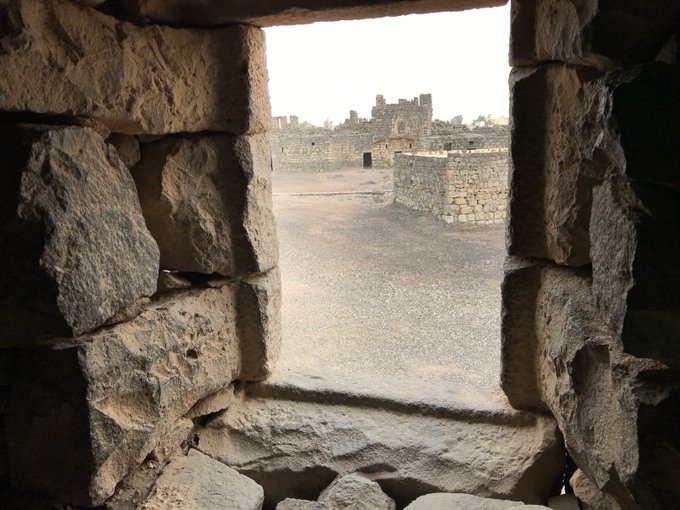
As British forces in Palestine, under General Allenby, advanced towards Damascus, Lawrence and the Arab rebels were given Rolls Royce armored cars to enhance the mobility of their raids up and down the Hejaz Railway. Here’s a replica in the Royal Automobile Museum, Amman.
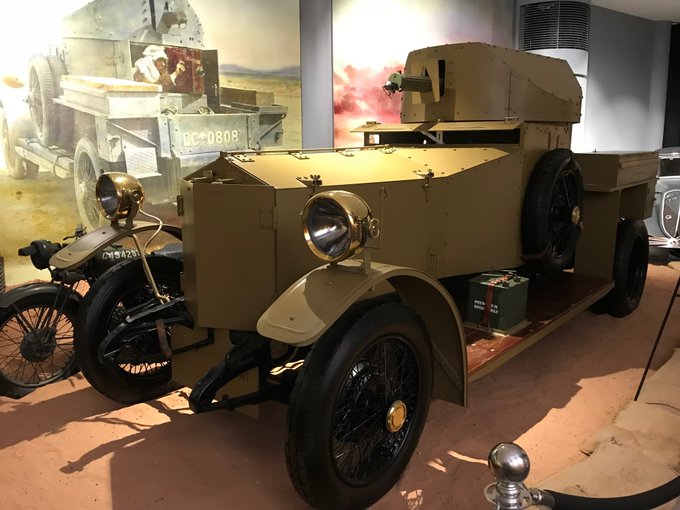
The story goes on … but I’ll end my thread here with a clip of a rebel attack on the Hejaz Railway, from the film “Lawrence of Arabia”.
Leave a Reply